React is an open-source, JavaScript library for developing user interfaces (UI) in web applications. React is developed and released by Facebook. Facebook is continuously working on the React library and enhancing it by fixing bugs and introducing new features. This tutorial starts with the architecture of React, a how-to guide to set up projects, create components, and JSX, and then walks through advanced concepts like state management, form programming, and routing and finally concludes with a step-by-step working example.
ReactJS can be used to develop small applications as well as big, complex applications. ReactJS provides a minimal and solid feature set to kick-start a web application. React community compliments React library by providing a large set of ready-made components to develop web applications in a record time. React community also provides advanced concepts like state management, routing, etc., on top of the React library.
React versions
Reactjs library was founded by Jordan Walke, a software engineer at Facebook in 2011. The initial version, 0.3.0 of React was released in May 2013 and the latest version, 17.0.1 was released on October 2020. The major version introduces breaking changes and the minor version introduces new features without breaking the existing functionality. Bug fixes are released as and when necessary. React follows the Semantic Versioning (semver) principle.
What is the need for ReactJS?
Even though various libraries provide a medium to develop user interfaces, ReactJS still stands tall in terms of popularity. Here’s why −
- Component-Based − ReactJS makes use of multiple components to build an application. These components are independent and have their logic which makes them reusable throughout the development process. This will drastically reduce the application’s development time.
- Better and Faster Performance − ReactJS uses Virtual DOM. Virtual DOM compares the previous states of components of an application with the current states and only updates the changes in Real DOM. Whereas, conventional web applications update all components again. This helps ReactJS in creating web applications faster.
- Extremely Flexible − React allows developers and teams to set the conventions that they deem are best suited and implement them however they see fit, as there are no strict rules for code conventions in React.
- Creates dynamic applications easily − Dynamic web applications require less coding while offering more functionality. Thus, ReactJS can create them easily.
- Develops Mobile Applications as well − Not only web applications, React can also develop mobile applications using React Native. React Native is an open-source UI software framework that is derived from React itself. It uses React Framework to develop applications for Android, macOS, Web, Windows, etc.
- Debugging is Easy − The data flow in React is unidirectional, i.e., while designing an app using React, child components are nested within parent components. As the data flows in a single direction, it gets easier to debug errors and spot the bugs.



